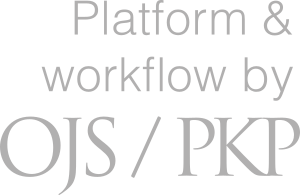Person-centered data model: Key to system-level impact information in social and health care
Keywords:
data management, data mining, databases as topic, systems integration, social services, health services, value-based health careAbstract
The costs of social and healthcare services are estimated to be around 30% of the state's expenses in 2025. The aging population is expected to weaken the dependency ratio, which increases the pressure for a reform. The success of the reform requires that the operations of the wellbeing services counties are based on effectiveness.
Effectiveness-based social and healthcare services require efficient data management and system integration. Many wellbeing services counties have adopted data lake solutions and developed data models for managing and processing large amounts of data. The person-centered data model combines social and healthcare service events, health and service needs, customer experiences, and cost data over time. This model challenges traditional organization-based models and can be used for various purposes: primary use in digital customer services, secondary use in effectiveness studies as well as in national and international comparative analyses.
In the Wellbeing Services County of Kanta-Häme “System-Level Effectiveness Evaluation in Wellbeing Services County” sub-study, the person-centered data model is utilized to study the effectiveness of digital services and cost-effectiveness of services, and to create a handbook for effectiveness-based data management. The project is part of the broader Impact Data Management in the Inland Finland Collaborative Area research project, funded by the Sustainable Growth Program for Finland (RRP), and it will last until the end of 2025.
The person-centered data model plays a key role in improving system-level effectiveness data in social and healthcare services. It ensures that customer data is available in a comparable form and supports management, development, and research. This is crucial in order to meet the growing challenges and improve the quality and effectiveness of the services.
Downloads
How to Cite
Copyright (c) 2025 Finnish Journal of eHealth and eWelfare

This work is licensed under a Creative Commons Attribution 4.0 International License.






